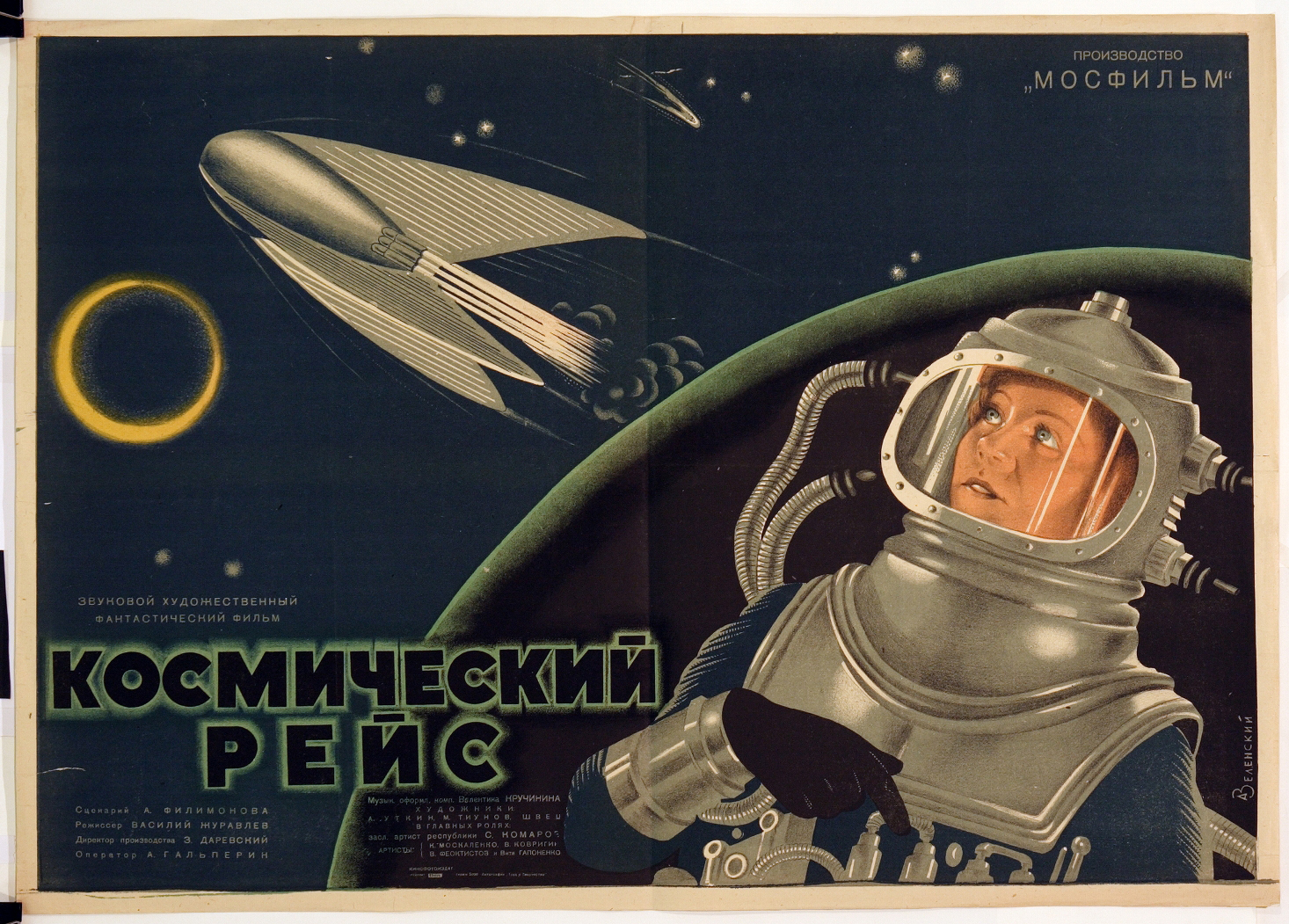Mars in Russian SF
I've been writing about Russian utopian science fiction over the past couple of months, so when I was invited to give a research lecture at the University of Salford in October 2016 I jumped at the chance to present some of this material. Although I'd love to develop this project, just now it's a short section of a chapter on utopias and dystopias of the early decades of the 20th century for a forthcoming book titled Science Fiction: A Literary History, ed. Roger Luckhurst (British Library Press, 2017).
As I suggested in my talk, early twentieth-century science fiction in Russia has a political resonance distinct from other scientific romances, utopian visions, apocalyptic tales of the end-of-the world, and proto-dystopian projections of the fin-de-siècle period and into the 1900s. We’re familiar with the works of writers such as H. G. Wells, William Morris, Edward Bellamy, M. P. Shiel, Charlotte Perkins Gilman, and Jack London – whose anticipated near- and distant-futures have been exhaustively, and illuminatingly, considered by the growing scholarship on science fiction; but Russian SF remains very much overlooked in critical discourse on the genre. The early Bolshevik period bristled with ambitious visions of the Soviet future, nourished by technological advances, industrialisation and a vigorous national conversation about science, engineering, and human nature.
The talk looked at 3 examples of early Russian utopian and dystopian narratives. Valery Bryusov’s symbolist short story "The Republic of the Southern Cross" (Respublika iuzhnogo kresta) (1907) narrates the apocalyptic collapse of a highly technologised modern city when a mysterious illness develops into a bloody epidemic. A very different response to the revolutionary events of 1905-7 can be discerned in Alexander Bogdanov’s utopian novel Red Star (Krasnaya zvezda) (1908). Trained as a scientist and having worked closely with Lenin in the early years of the Bolshevik Party, Bogdanov was the most influential writer of Russian science fiction before the 1917 revolution. In Red Star, a superior Martian culture comes to revolutionary Russia shortly after the 1905 revolution seeking suitable ambassadorial candidates to help the Martians engage with Earth. Another significant early Bolshevik work of science fiction that similarly uses Mars to reflect upon the state of the young Russian republic is Alexei Tolstoy’s Aelita (1922), which was adapted for cinematic release by Yakov Protazanov in 1924 under the title of Aelita: Queen of Mars (Aelita: koroleva marsa).
In these forgotten texts we are reminded not only of the plurality of competing forms of utopianism in Russian cultural production in the early decades of the 20th Century, but also of the formal interrelationship between the literary utopia and dystopia: how we should read the two together; and consider the processual complexity of utopias that also harbour dystopian traces, as well as literary dystopias which enact utopian implications for their contemporary readership.







 Dr Caroline Edwards is Senior Lecturer in Modern & Contemporary Literature at Birkbeck, University of London. Her research and teaching specialisms are in 21st century literature and critical theory, science fiction and post-apocalyptic narratives, Marxist aesthetics, and utopianism.
Dr Caroline Edwards is Senior Lecturer in Modern & Contemporary Literature at Birkbeck, University of London. Her research and teaching specialisms are in 21st century literature and critical theory, science fiction and post-apocalyptic narratives, Marxist aesthetics, and utopianism.
Follow / Contact